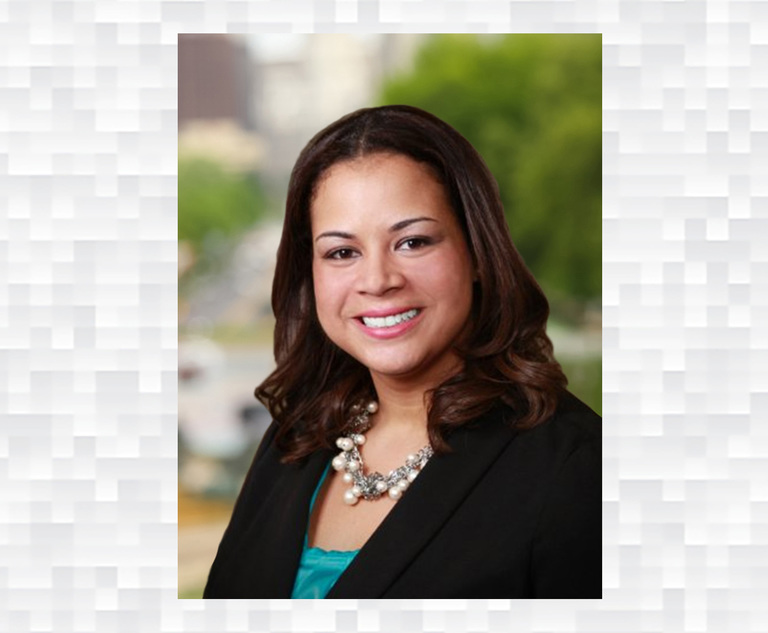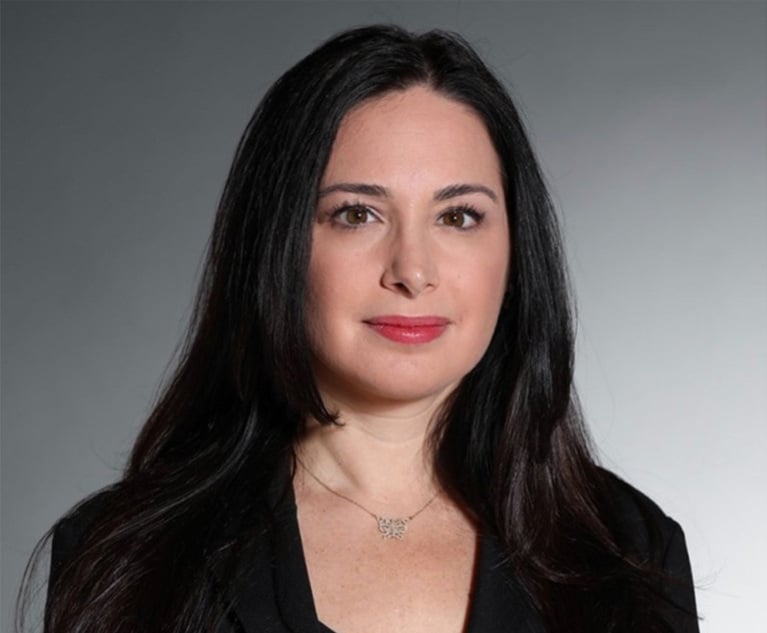By all appearances, the legal world is more diverse than ever. Firms tout their diversity efforts by featuring their diverse talent in any and all pictures published in their literature or on social media, releasing statements and engaging in marketing efforts to “celebrate” diverse achievements and holidays, and including diverse members in pitches and requests for information to clients—new and old. The statistics and experiences of diverse lawyers tell a different story. When questioned, attorneys of color (and especially women of color) describe a profession that is disinterested in making the genuine changes it needs to truly diversify the landscape but is instead just “phoning” it in to appear socially “woke” and aware to those watching.
Over the last decade, there has been an immense effort to diversify the legal profession but despite those efforts, the numbers reveal that the profession remains demographically stagnant—comprised mainly of white, older males. The diversity that exists in law school classrooms across this country does not translate to the law firms who hire those students, and unsurprisingly, the higher up the ladder at law firms one looks, the less diverse its makeup. On June 22, 2020, the ABA released a new report, “Left Out and Left Behind: The Hurdles, Hassles and Heartaches of Achieving Long Term Legal Careers for Women of Color,” found that even though women of color comprised 14% of all associates, the percentage of women of color partners has remained stuck below 3.5%. Women lawyers of color surveyed were far more likely to want to leave the profession than their white colleagues; were more likely to be subjected to both implicit and explicit bias; and were more likely to report factors that blocked their “access to success,” including access to business development opportunities, being perceived as less committed to career and being denied or overlooked for promotion. These sentiments reflect how attorneys of color—especially women of color—feel unwanted by their colleagues and pushed out of the profession. In discussing the impact of racial and gender biases on women and women of color in the legal profession, a 2018 ABA report from the Commission on Women in the Profession found that 57% of the women of color surveyed had been confused with custodial, administrative or courtroom staff, compared to just 7% of white men regularly confronting assumptions that they were unlikely to be lawyers. Most recently, the Maine State Bar Association surveyed its 5,500 attorneys and the results revealed that Maine’s BIPOC (Black, Indigenous, and people of color) legal community feels largely invisible to and face biases from both members of the bar, the judicial bench and clients.


 Melissa Hazell Davis of Griesing Law. Courtesy photo
Melissa Hazell Davis of Griesing Law. Courtesy photo




